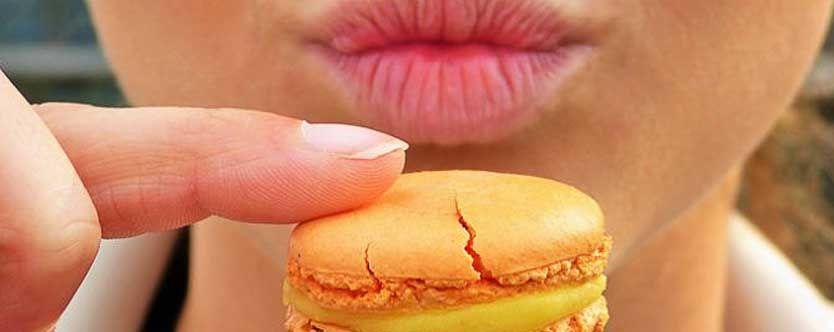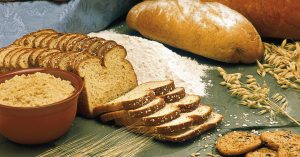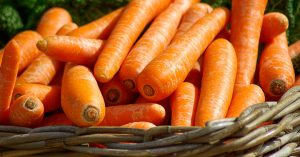
Diabetic patients are always told to watch out for their weight – from their family, friends and even health experts. The reason is a close relationship between type 2 diabetes and obesity. Losing weight can not only help you prevent from developing diabetes, but it will also help you manage your condition. Being overweight can also lead to a higher risk of heart ailments, high blood pressure, and cancer. Therefore, losing weight is a key to healthy living. Here, we are going to focus mainly on things you must know if you’re a diabetes patient.
Type 2 Diabetes and Weight Loss Symptoms
The symptoms of type 2 diabetes develop gradually, so it might be difficult to not connect them as related symptoms. If you have the insulin resistant form of type 2 diabetes, it takes time for the effects of insulin resistance to show up. Below are few common symptoms:

- Fatigue: This happens as your body is not getting enough energy it needs from the food you’re eating.
- Increased Thirst: No matter how much water you drink, you still feel dehydrated. This happens because your tissues are dehydrated as there is too much glucose (sugar) in your blood.
- Frequent urination: This is related to drinking a lot of water in order to satisfy your thirst. Since you’re drinking more, you’ll urinate more.
- Extreme hunger: This happens when you feel hungry even after your meal. Reason: your muscles aren’t getting the energy they need from the food; your body’s insulin resistance keeps glucose from entering the muscle and providing energy.
- Unexplained weight loss: You may be eating more but still losing weight. Since your body isn’t getting energy from food, it turns to muscles and fat and starts to break them down to create energy. This results in weight loss.
- Frequent infections: The effects of type 2 diabetes make it hard for your body to fight off an infection. Women may have frequent vaginal (yeast) and/or bladder infections. That’s because bacteria can flourish when there are high levels of glucose in the blood.
- Foot pain and numbness: Long exposure to high blood sugar can damage the nerves — a condition known as diabetic neuropathy [Ref]. Some people may not have any symptoms of the damage, while others may notice numbness, tingling, or pain.
Whether you’re experiencing any of these symptoms or not, uncontrolled levels of diabetes for a long time can lead to tissue damage throughout your body. Those who leave their diabetes untreated can become vulnerable to complications. To know about the impact of untreated diabetes, click here.
Watch What You Eat
What you eat can help you control and fight diabetes. Incorporate these healthy foods into your diabetic diet. You need most of them, yes, even the flaxseed, because together they represent a new approach to eating, a lifestyle rather than just a diet.
Flaxseed
They’re rich in protein, fiber, and good fats similar to the kind found in fish. They’re also a source of magnesium, a mineral that’s vital to blood-sugar control because it helps cells use insulin.
Milk and Yogurt
Both are rich in protein and calcium, which can help lose weight. Diets that include plenty of dairies may fight insulin resistance. Opt for low-fat or fat-free.
Nuts and seeds
Because of their high fiber and protein content, nuts are ‘slow burning’ foods that are friendly to blood sugar. Even though they contain a lot of fat, it’s that healthful monounsaturated kind again. Seeds of all types pumpkin, sunflower, sesame are filled with good fats, protein, and fiber that help keep blood sugar low and keep heart diseases at bay.

Whole-Grain Bread
Eating white bread is like eating table sugar when it comes to raising blood sugar. So, switch to whole grain. This may improve your sensitivity to insulin.
Apples and Berries
Apple is naturally low in calories, yet their fiber content (4 grams) fills you up and fights high cholesterol. Berries, on the other hand, are full of fiber and antioxidants. The red and blue varieties also contain natural plant compounds called anthocyanins, which may help lower blood sugar by boosting insulin production. There are other fruits that are good for diabetic patients too.
Avocado
Rich and creamy, avocado slows digestion and helps keep blood sugar from spiking after a meal. A diet high in good fats may even help reverse insulin resistance.
Barley
Choosing this grain instead of white rice can reduce an increase in blood sugar after a meal by almost 70% and keep your blood sugar lower. Reason: the soluble fiber and other compounds in barley slow the digestion and absorption of the carbohydrate.
Beans
The soluble fiber in all types of beans puts a lid on high blood sugar. And because they’re rich in protein, beans can stand in for meat in main dishes. Just watch the sodium content.
Broccoli
Broccoli is fibrous and loaded with antioxidants. It’s also rich in chromium, which plays an important role in long-term blood sugar control.

Carrots
Don’t believe what you hear about carrots rapidly raising blood sugar. While the type of sugar they contain is transformed into blood sugar quickly, the amount of sugar in carrots is extremely low. That’s good news because carrots are one of nature’s richest sources of beta-carotene, which is linked to a lower risk of diabetes.
Eggs
They are an inexpensive source of high-quality protein. An egg or two won’t raise your cholesterol.
Know more about diabetic-friendly recipes.
Conclusion
Diabetes requires you be careful about supplying your body with adequately spaced meals to stabilize blood sugar. Many follow alternate-day fasting has it helps reverse the symptoms of type-2 diabetes. However, this must be approached with caution and with the advice of your doctor or dietitian.
